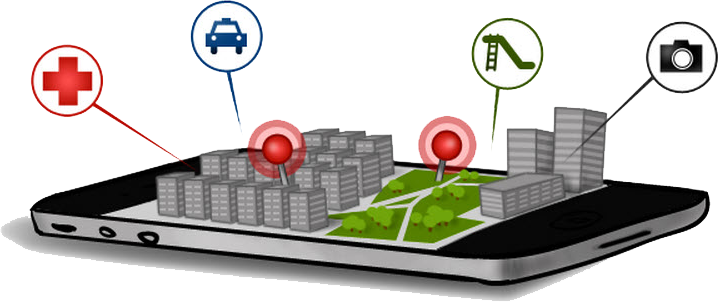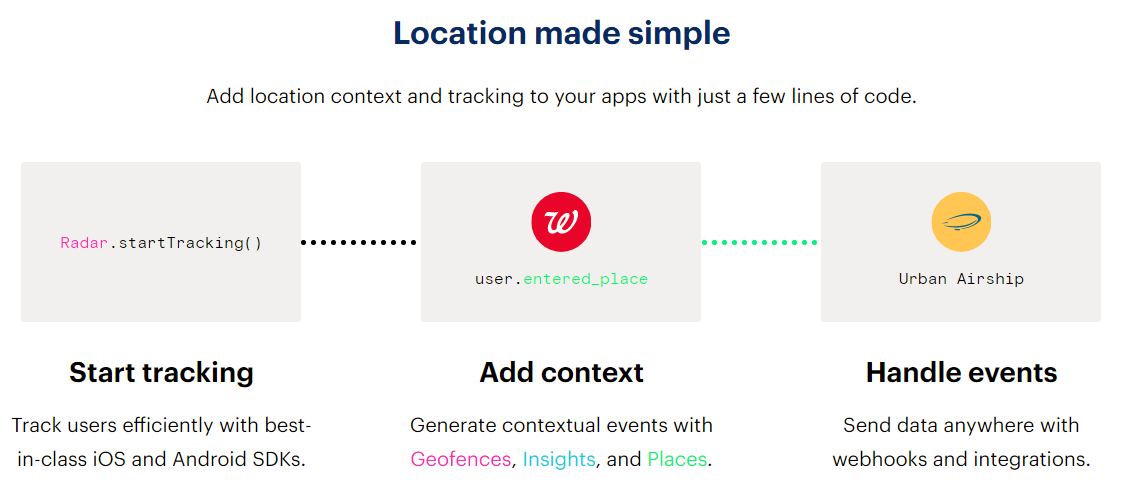Technology is changing at a very rapid pace and one invention that has played the role of catalyst is ‘The Mobile Phone’. Back in the 90’s [the Nokia 1100 era], mobiles used to be a device that only the rich & affluent could afford since consumers had to even pay for the incoming calls on their mobile 🙁 Fast forward now, the bulky, then unintelligent mobile phone has now become much more affordable, intelligent, smarter, and an inseparable part of our lives. Apart from the on-going innovations in the mobile market, one aspect that has made a tremendous impact on the consumers and businesses alike is the ‘Introduction of applications/apps’.

Era of Hyper-personalization
Whatever be the task, consumers now have an app that can get the work done for them. There are apps catering to every segment – travel, shopping, medical, banking, personal finance, etc. due to which consumers have access to a variety of services at their fingertips. As mentioned earlier, mobile technology has not only had a tremendous impact on the lives of consumers but has also resulted in a rapid shift in the manner in which products/services are marketed online. Gone are the days where marketers could apply a ‘one size fits all’ strategy for customer acquisition and customer retention since this is an era of Hyper-personalization.
With customers having so many options at their disposal, it becomes imperative for companies to offer consumers hyper-personalized experience, an experience tailor-made for them. Apart from the plethora of consumer-generated data, namely social media information, browsing history, purchasing history, user preferences, etc. that companies can utilize to provide a near-about ‘unique and personalized’ experience, ‘Location Services’ is what would make that experience ‘truly unique’!
Location – Personalization at your service
Majority of the smartphones [high-end, mid-range] as well as tablets now come equipped with Assisted GPS [AGPS] that consume significantly lesser power as compared to GPS, due to which geo-location [process of finding exact location of a mobile/tablet/etc.] has become more important for brands as well as developers. Food-tech companies [like Swiggy, Foodpanda, etc.], on-demand transport apps [like Uber, Ola, etc.], hyper-local startups, etc. use location for customer relationship management, targeted marketing, pushing relevant offers to customers but there are apps in other sectors apart from the ones mentioned above can take advantage of location.
There is no doubt that location-based services have gained much more prominence since people are mostly hooked on to their mobile phones during the day, due to which brands can reach them with relevant and timely information. Location-based services market is expected to reach $3.8 billion by 2018 [Source] and mobile marketers are leaving no stone unturned to make use of these services in order to provide a much better customer engagement and experience. Beacons and Geo-fencing are the two major options available for them, with each having its unique advantages and disadvantages.
Beacons or Geo-Fencing for location-based services
Beacons are small devices that detect when your mobile phone is in close proximity to it. Beacon than sends a signal to the server which in-turn sends a ‘relevant’ push notification to your device. The primary advantage of beacons is that they are highly accurate and can be used indoors. The downside is that they are hard to deploy since beacon is a separate hardware and they need to be placed at strategic locations inside a store in order to get the best output. Geo-fencing is a virtual fence drawn on a map. The size of the fence can vary from small [e.g. a small retail outlet] to huge [e.g. city]. Hence, geo-fencing is ideally suited for outdoor use-cases like measuring the throughput of a billboard advertisement/sending push notifications to customers at an airport lounge/etc. Also, geo-fencing does not require any additional hardware since it uses user’s phone GPS location. In a nutshell, mobile marketers have to make a conscious decision to select the right approach based on the budget, brand requirements, target audience, etc.
Radar – Location platform for mobile apps
Location is definitely the future of mobile and as mentioned earlier, a majority of the apps on Android as well as iOS platforms are not location-aware. Though there are many companies in the location space like FourSquare, Factual, etc., app developers required location platform for mobile apps. The main advantage of such a platform is that developers can build great location-aware product experiences, and collect and store location data in a privacy-sensitive way without spending too much time on this development. Radar, a US-based startup is solving this problem for developers by providing tools that help app developers add location tracking and context to their apps. Radar helps companies build better products and make better decisions with location data. For example, a travel app may change the in-app experience when someone is traveling and at an airport or a delivery app can help track all the delivery drivers. App developers can use Radar’s iOS and Android SDK to add these capabilities to their apps in just a few lines of code. Building these capabilities from scratch can take weeks or months, but integrating Radar takes only a few hours.

Radar currently caters to use-cases in the following segments
- Shopping
- Travel
- Food
- Entertainment
- Social
- On-demand
Radar has three products as mentioned below:
- Geo-fencing: With Geo-fencing, Radar will tell you when a user enters custom regions that you draw on a map. Geo-fences can be circles or polygons, and they might represent stores, neighborhoods, or other regions depending on your use case.
- Insights: With Insights, Radar will learn where a user lives and works, and tell you when a user is at home, at work, or traveling.
- Places: With Places, Radar will tell you when a user is at a place, a chain [e.g., Starbucks], or a category [e.g., airport], even if you have not set up a geo-fence for that place.
Location technology by Radar is used in many apps, including Warby Parker, Via, SeatGeek, Chick-fil-A, Raise, etc.
Further details can be found in the Radar Documentation If you are an app developer looking to integrate location intelligence into your app, do give Radar a spin! We would love to hear from you as to how location services will enable future apps and how these services can be used for the greater good of people and humanity, leave your response in the comments section…

